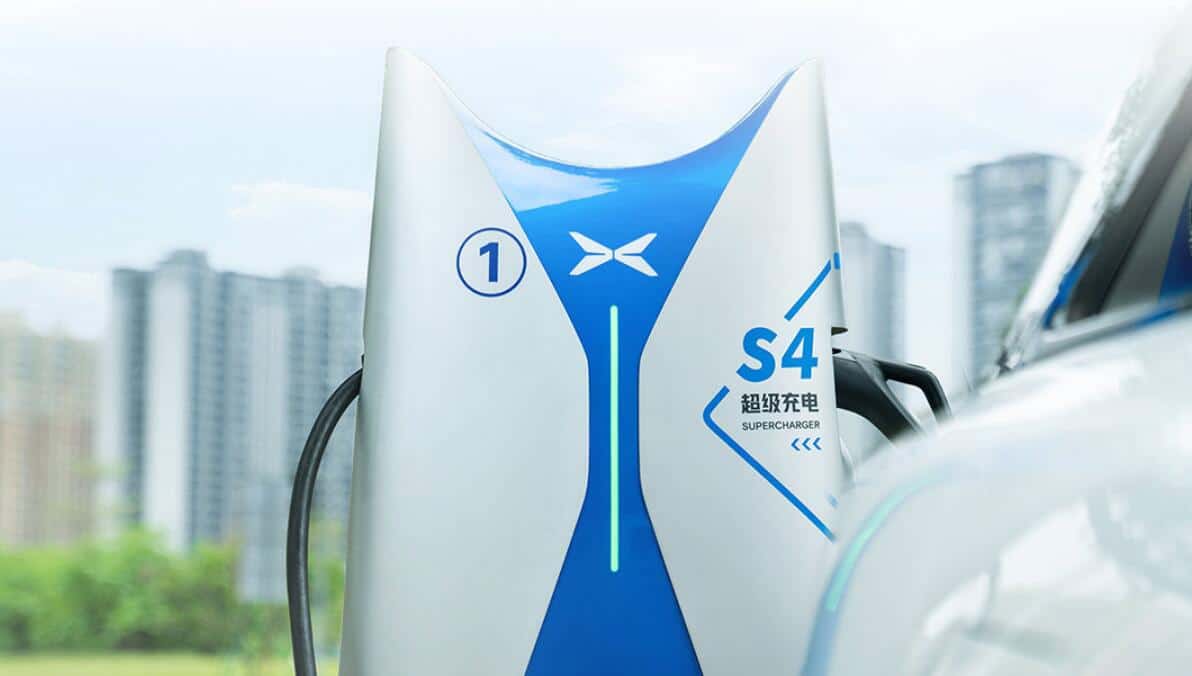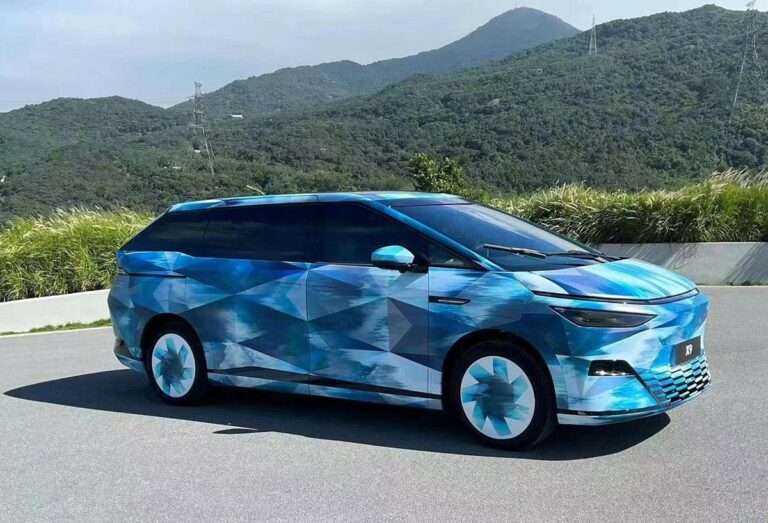Xpeng aims to have 3,000 self-operated stations with ultra-fast charging capability by 2025.
(Image credit: Xpeng)
Xpeng (NYSE: XPEV) today completed its 233rd S4 supercharging station in Zhangzhou, Fujian province in southeastern China, marking the expansion of the ultrafast charging network's coverage to 100 cities, the company said today.
To date, Xpeng's charging network has more than 1,000 Xpeng-branded charging stations, including supercharging and destination stations.
Cumulatively, 470,110 services have been provided at S4 supercharging stations, Xpeng said, adding that all self-operated supercharging stations the company plans to build in the future will be S4 charging-capable stations.
Xpeng completed its first S4 supercharging station on August 15, 2022, claiming to be able to give vehicles a 210-km range in five minutes.
The S4 supercharging station has a maximum power of 480 kW and a maximum current of 670 A, Xpeng chairman and CEO He Xiaopeng said at an event at the time.
For comparison, Tesla's V3 charger has a maximum power of 250 kW and a maximum current of 631 A, and can get a range of 150 kilometers in five minutes.
Xpeng expects to add more than 500 S4 ultra-fast charging stations in 2023, and that number will exceed 2,000 by 2025, the company said at its September 21, 2022, G9 launch.
In a poster released today, Xpeng appeared to have raised that target, saying it is expected to have 3,000 self-operated sites with ultra-fast charging capabilities by 2025.
Xpeng kicked off its charging station upgrade program this year, making some of its older charging sites capable of S4 ultra-fast charging.
On April 4, the company said it completed upgrades to more than 160 sites, giving them S4 ultra-fast charging capability.
Xpeng delivered 11,008 vehicles in July, up 27.70 percent from 8,620 in June, though 4.48 percent below the same month last year, according to data it released earlier this month.
This is the sixth consecutive increase in monthly deliveries for the Xpeng, after the figure fell to 5,218 units in January this year.


